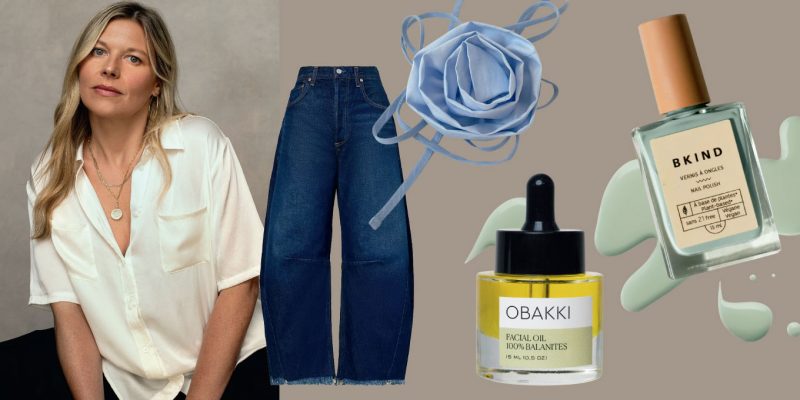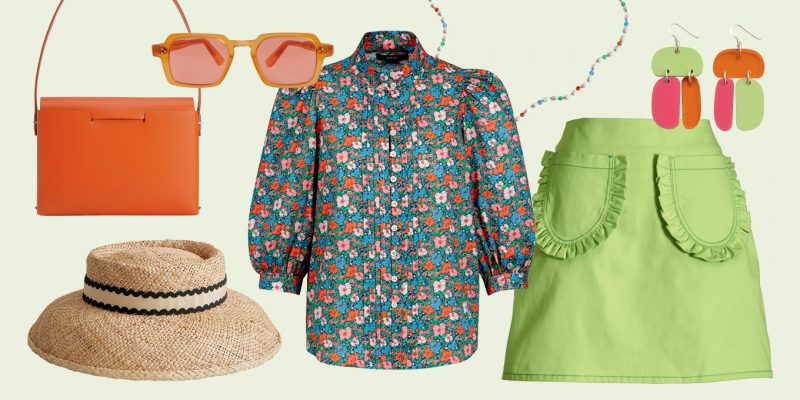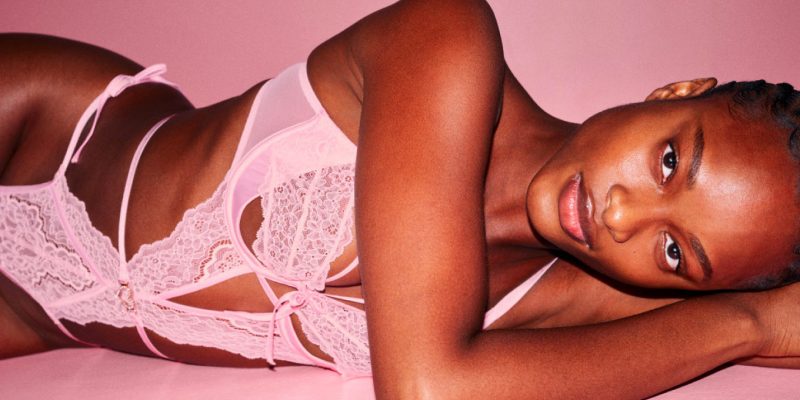Shopping
How to buy a vintage wedding dress
3 experts share their best advice for buying a vintage wedding dress.
by : Liz Guber- May 23rd, 2017

It’s not hard to understand the timeless appeal and romantic allure of a vintage wedding gown. You don’t have to collect ’50s-era fascinators or spend every weekend trawling second-hand shops to want to get married in a vintage dress. A dress from a past era harkens back to old-school romance, and you’re pretty much guaranteed that no one else will have one like it.
But shopping for a pre-worn wedding dress often means heading online, navigating outdated sizing notions and trying to assess the condition of a garment that’s been around longer than you’ve been alive based on just a handful of photos. We turned to the experts—three vintage wedding dress sellers on Etsy—for their best advice. Turns out, with a little patience you can have that 1920 drop-waist tea length frock of your dreams.
What are the biggest challenges when shopping for a vintage dress?
Christina Rabaglia, owner of Ever and Ever Vintage: “Most vintage dresses are one-of-a-kind. That means sizing can be an issue – you may fall in love with a dress that doesn’t fit. Also – length! People have tended to get a bit taller over the past 100 years, so if you’re looking for a floor-length dress and you are on the taller side, this can sometimes make going vintage a little challenging. In addition, some of the best options are online, so you may not get the opportunity to do the whole dress-shopping-with-the-important-women-in-your-life moment.”
Suzanna Martirosyan, owner of Suzanna M Designs: “The main challenge is to find a variety of clothing and accessories for the wedding and furthermore to match them with each other. The modernization of clothing and accessories has unfortunately led to fewer vintage options in the market.”

A 1970s wedding dress from Boutique Fantastique.
What should a buyer look out for? Any tips to keep in mind?
Jan Marriot, owner of Boutique Fantastique: “Go for what expresses you the most! Forget about trends, styles and fashion. If the dress doesn’t reflect your feelings and you won’t feel special in it, then don’t go for it! Don’t sacrifice your personal style for trending fashion styles. The dress must be for you, not the other way around.”
Rabaglia: “If you are buying online, look for a seller that has good reviews and offers lots of information in the description. Don’t be afraid to ask questions – most online sellers really do want happy customers! Make sure you understand the condition and fabric before you buy for the best chance of being happy with what you get. Knowing your body measurements and the measurements of a dress that fits the way you’d like your wedding dress to fit can be a big help in narrowing down online options. If there are no in-person options for trying on vintage dresses, try some non-vintage dresses in different silhouettes to help you narrow down what style you are looking for before online browsing.
No matter where you purchase the dress, pay attention to the measurements (Is there extra fabric in the train that could be used somewhere else? Will the length work?) and the seam allowances. This will help you form a picture of what can be done with the dress if it isn’t going to be a perfect fit right off the bat.”
Martirosyan: “Go for what expresses you the most! Forget about trends, styles and fashion. If the dress doesn’t reflect your feelings and you won’t feel special in it, then don’t go for it! Don’t sacrifice your personal style for trending fashion styles. The dress must be for you, not the other way around.”
What if you bought a vintage dress and you don’t like it. Now what?
Rabaglia: “If returning the dress isn’t an option, put the dress on and spend a little time thinking about what you don’t like. Then, invest a half hour in a visit to a seamstress. Tell them your concerns and see if they have any suggestions. It’s amazing what an expert can do – skirts can lose volume, sleeves can be shortened or removed.
When I got married five years ago, I knew I wanted to wear my grandmother’s dress, but she was a lot shorter and a bit smaller than me, and the dress had long sleeves (I was getting married in August). I worked with a dressmaker who was able to completely re-drape the skirt and shorten the sleeves into cap sleeves. The resulting dress was still very similar in flavour to the original 1940s dress, but totally worked on my body. Even with a new dress, you are often going to need some alterations – so vintage dresses really can be quite affordable in this regard.
If all else fails and it just doesn’t feel right even with potential alterations, a nice thing about vintage dresses is they don’t lose a ton of value just because you bought it – it’s already vintage!”
Martirosyan: “The first thing to do is to contact the seller and see what the available options are. Most sellers are willing to work things out. If the dress doesn’t fit right, then it might be possible to have it readjusted with very small changes and make it look totally different! A very important factor is the length of the dress. For each body-type there is a different length that looks great. Always advise with the seller on which length will look better for you. We’re more than willing to help!”

A 1950s wedding dress from Ever and Ever Vintage.
What styles tend to be the most popular? Are there any trends in vintage bridal right now?
Rabaglia: “I see brides interested in just about every decade from the 1910s to the 1970s. I think the 1950s is always popular because it was such a great era for wedding dresses. The typical bridal silhouette–a fitted bodice and full skirt–is timeless and classic. Lately more bohemian 1970s styles with lace and unique sleeve details also seem to be increasingly popular.”
Martirosyan: “The most popular decades are 1910s and 1920s, 1950s and 1970s. Due to the fact that a lot of weddings are taking place outdoors, boho styles from ’70s are the the most popular style among all.”
Marriot: “’30s dresses are always popular.”
Newsletter
Join our mailing list for the latest and biggest in fashion trends, beauty, culture and celebrity.
Read Next
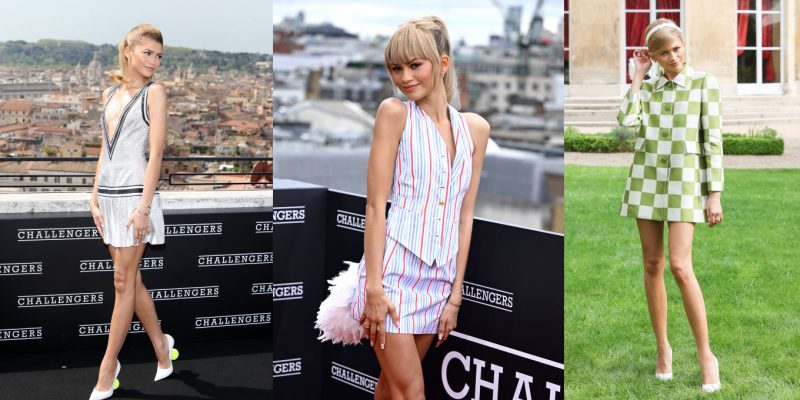
Fashion
Tap Into the Tenniscore Aesthetic With These Stylish Pieces
Game, set, match!
by : Lauren Knowles- Apr 23rd, 2024
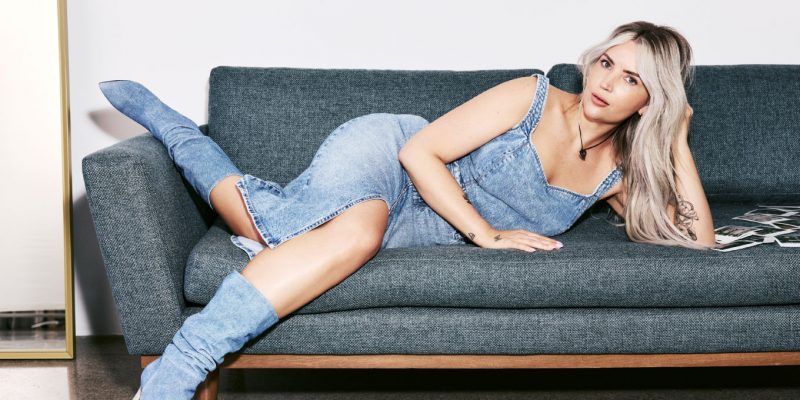
Fashion
Reitmans and The Birds Papaya Just Dropped The Dreamiest Spring Collection
Welcome to Sarah's Playhouse.
by : Melissa Fejtek- Apr 22nd, 2024
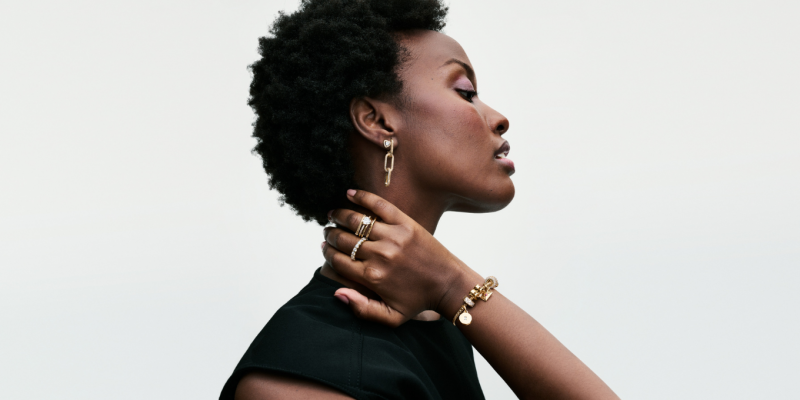
Fashion
This Jewellery Brand Has a Whole New Look And It’s Everything
Here are the seven pieces we’re coveting.
by : ELLE Canada- Apr 10th, 2024


